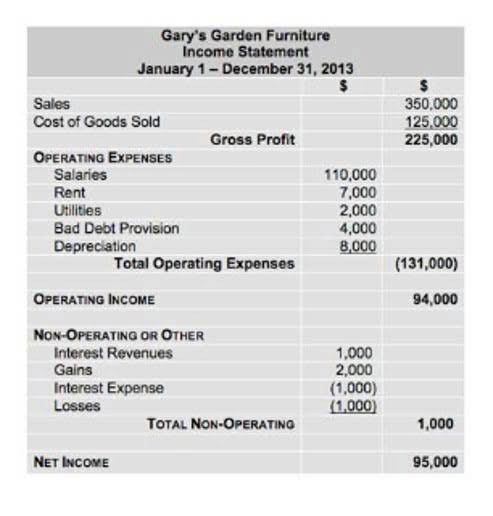Total liabilities help investors assess a company’s financial risk and stability by indicating its debt level and obligations. This is the value of funds that shareholders have invested in the company. When a company is first formed, shareholders will typically put in cash.
What is a liquidity ratio?
This is how the accounting equation of Laura’s business looks like after incorporating the effects of all transactions at the end of month 1. In this example, we will see how this accounting equation will transform once we consider the effects of transactions liabilities equation from the first month of Laura’s business. If you’re still unsure why the accounting equation just has to balance, the following example shows how the accounting equation remains in balance even after the effects of several transactions are accounted for.
Everything You Need To Build Your Accounting Skills
As the company pays off its AP, it decreases along with an equal amount decrease to the cash account. Here we see that the sum of liabilities and equity equals the total assets and the equation balances. An asset is a resource that can provide current https://www.bookstime.com/articles/quickbooks-proadvisor or future economic benefit to the organization who owns or controls the asset. Assets are reported on a company’s balance sheet and comprises various asset types such as intangible assets, financial assets, fixed assets and current assets.
Accounting Equation
Common examples include bonds, notes payable, pension obligations, deferred tax liabilities, and debentures. Inventory includes amounts for raw materials, work-in-progress goods, and finished goods. The company uses this account when it reports sales of goods, generally under cost of goods sold in the income statement. The most liquid of all assets, cash, appears on the first line of the balance sheet. Cash Equivalents are also lumped under this line item and include assets that have short-term maturities under three months or assets that the company can liquidate on short notice, such as marketable securities.
This account includes the amortized amount of any bonds the company has issued. If you’re running your own Shopify store, you might need a better accounting solution. A few days later, you buy the standing desks, causing your cash account to go down by $10,000 and your equipment account to go up by $10,000. Right after the bank wires you the money, your cash and your liabilities both go up by $10,000. Now let’s say you spend $4,000 of your company’s cash on MacBooks. You both agree to invest $15,000 in cash, for a total initial investment of $30,000.
How Gill’s Onions increased compliance, drove efficiency, and reduced tears with Ramp
- It is the fundamental foundation of accounting that ensures financial statement accuracy.
- Current liabilities are debts that you have to pay back within the next 12 months.
- Further, differentiating the varied types of liabilities will help you track the money you owe and avoid defaulting on debts.
- For example, an increase in an asset account can be matched by an equal increase to a related liability or shareholder’s equity account such that the accounting equation stays in balance.
- He currently researches and teaches economic sociology and the social studies of finance at the Hebrew University in Jerusalem.
- Likewise, the cash ratio has an even stricter definition of “current assets,” considering only a company’s cash and equivalents.





